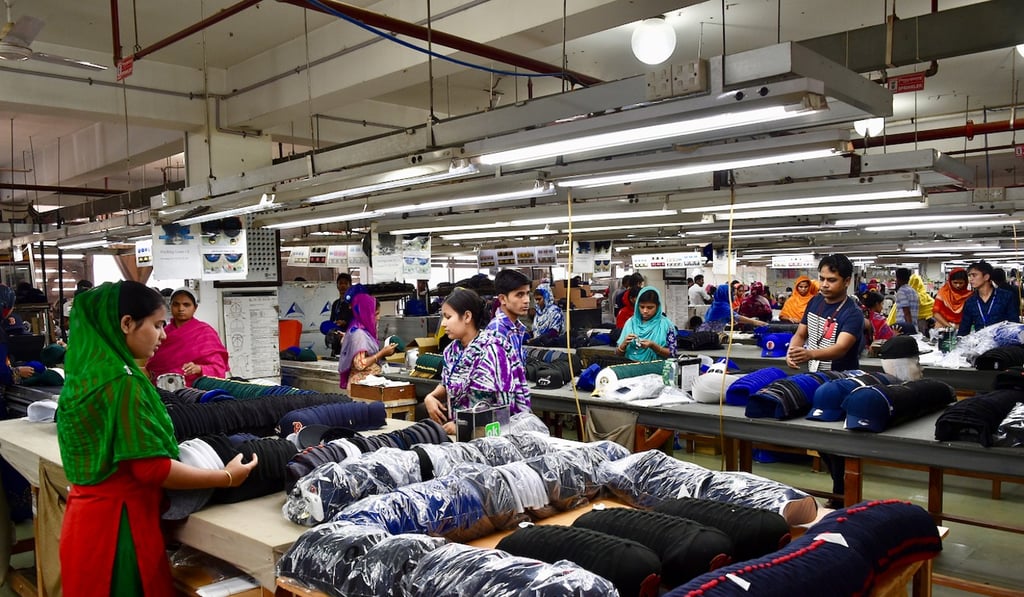Eye on Asia | The rise and rise of Bangladesh
- A World Bank report has ranked Bangladesh among the top five fastest growing economies in the world
- Country is projected to grow at a rate of 7.3 per cent in 2018-19

A report titled “Bangladesh Development Update: Towards Regulatory Predictability”, released this month by the World Bank, ranks Bangladesh among the top five fastest growing economies in the world.
The report projects Bangladesh to grow at a rate of 7.3 per cent during 2018-19. It is preceded by two other South Asian neighbours, India and Bhutan, which are estimated to grow at a rate of 7.5 per cent and 7.6 per cent, respectively, during the same period.
It is undoubtedly a time for celebration for Bangladesh, but simultaneously the country should note and address many challenges that its economy continues to face. This piece takes stock of some of the key factors that have helped Bangladesh to achieve this position, and also tries to identify a few challenges that remain.
At the time of its independence in 1971, it was beyond anyone’s imagination that a tiny piece of land in the South Asian region called Bangladesh will perform so tremendously that it will exceed several domestic as well international agencies’ targets on economic performance. In 2018, it fulfilled the United Nations criteria for graduating from “least developed country” to a “developing country”, well in advance.
In a short span of time Bangladesh has become one of the world’s economic success stories, with major contributions from the ready-made garments industry, remarkable agricultural production and infrastructural development. With around 4,500 factories, Bangladesh is the second-biggest exporter of ready-made garments in the world. With this backdrop, it becomes pertinent to understand the factors that lead Bangladesh to this stage of economic growth.
